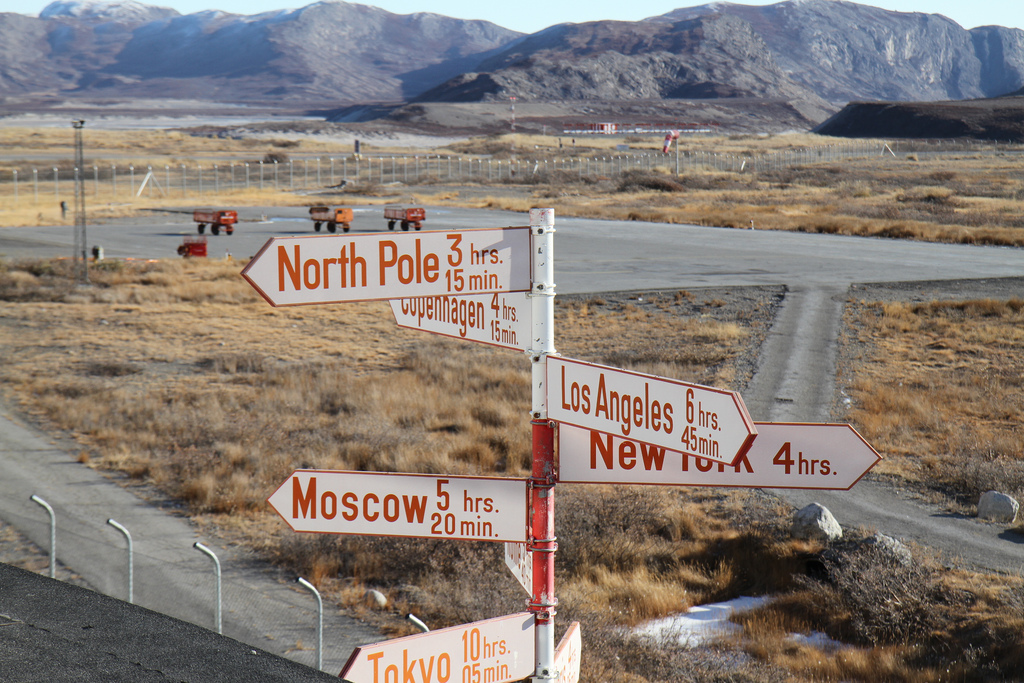There is broad international consensus that the UN Law of the Sea of 10 December 1982 constitutes the basis in international law for the Arctic seas, including the Arctic Ocean. This is crucial to prevent and avoid possible conflicts and disputes in the area. Resources in the area are almost without exception under national jurisdiction in undisputed areas. Respect for international law is fundamental to the Arctic states' common goal of stability and predictability.
The Convention of the Law of the Sea of 10 December 1982 constitutes the central framework of the law of the sea. The Convention has a broad and comprehensive approach to law of the sea issues. It has achieved almost global support and represents a historic compromise between coastal states' desire for jurisdiction in their own coastal areas and the freedom of the seas. Although many of the convention's provisions were law-making when the convention was adopted, major parts of the convention is now considered as codification of international customary law. This applies particularly to the most basic provisions on economic zone and continental shelf. UNCLOS must be complemented with global, regional and bilateral treaties, but the convention is special in the sense that it includes a provision that largely gives it priority over other agreements in the convention's area.
Norwegian jurisdiction
In 1976, the Norway's economic zone was established at 200 nautical miles from mainland Norway's baselines. In accordance with the Law of the Sea, Norway has sovereign rights in the economic zone in terms of exploration, exploitation and management of living and non-living natural resources. Pursuant to the Act relating to the economic zone of Norway of 1976, the Fisheries Protection Zone around Svalbard was established in 1977 at 200 nautical miles. The fisheries zone around Jan Mayen was established in 1980, also pursuant to the Act relating to the economic zone. The fisheries zone extends to 200 nautical miles where it does not have boundaries with Iceland's or Denmark's (Greenland's) zones.
The continental shelf
The continental shelf is the underwater natural geological extension of coastal states' land mass. The Convention states that all coastal states necessarily have sovereign rights over the continental shelf out to 200 nautical miles from the baselines. In contrast to the economic zone, the continental shelf may extend beyond 200 nautical miles, but in that case based on specific criteria set out in UNCLOS.
The Convention provides detailed rules for the determination of the continental shelf's outer boundary against the deep waters. The shelf's extension beyond 200 nautical miles must be determined in accordance with the recommendation of a special commission – the Continental Shelf Commission – which has been established for this purpose.
While Canada, Denmark, Russia and the United States are still working to collect and systematize information on their shelves in the Arctic Ocean, Norway has already received its recommendations from the Continental Shelf Commission. Norway presented its data in 2006 and received the final recommendation in 2009. This made Norway the first Arctic state to receive a recommendation on the shelf's extent from the Continental Shelf Commission.
